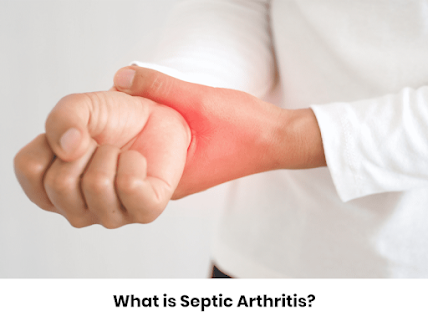What is Septic Arthritis?

Septic arthritis, also termed as infectious arthritis, is a severe infection of the joints caused by bacteria or other infectious agents. Here's what you need to know about this condition straight from the desks of the best orthopedic doctors in South Kolkata : What Causes Septic Arthritis? Septic arthritis occurs when bacteria or other germs enter a joint, leading to infection. The most common bacteria responsible for septic arthritis are Staphylococcus aureus and Streptococcus species. The disease can occur through direct entry into the joint, such as from a wound or surgical procedure or through the bloodstream from another part of the body. Symptoms of Septic Arthritis The symptoms of septic arthritis can vary but often include: Severe pain in the affected joint, which may worsen with movement Swelling and redness around the joint The affected joint may feel warm when touched Difficulty in joint movement due to pain and swelling Fever and chills may accompany the infection Diag...


